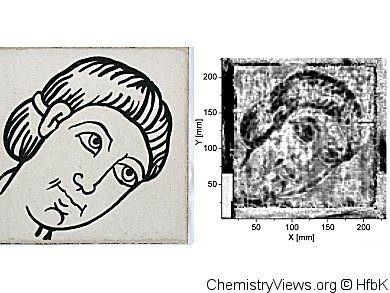Many valuable exhibits of museums are contaminated with biocides. In the 1970s, with the best of intentions, antique textiles or wood sculptures were sprayed with pesticides to keep them from being destroyed. Today it is known that these agents are hazardous to health.
Michael Panzner, Fraunhofer Institute for Material and Beam Technology IWS, Dresden, Germany, and colleagues are setting up a project to detect organic biocides and other layered structures of pieces of art.
Currently X-ray fluorescence (XRF) analysis is used. The interaction of X-rays with a sample is measured to determine its elemental composition. In their project the researchers use terahertz (THz) scanner which recognize substances on the basis of the molecular bonding structure. Short electromagnetic pulses are used that penetrate the various materials almost without attenuation, whereby some materials display characteristic absorption lines, which can be used to identify them clearly.
The scanner only generates a radiated power of less than 1 µW, so no special permit is required, as in the case of X-rays. Furthermore, the process provides concrete data on the structure of the individual layers or of potential hollow areas.
In the future the tests should be feasible on-site using a mobile scanner which will also reduce the costs for such analyses.
- Fraunhofer-Gesellschaft, Munich, Germany



